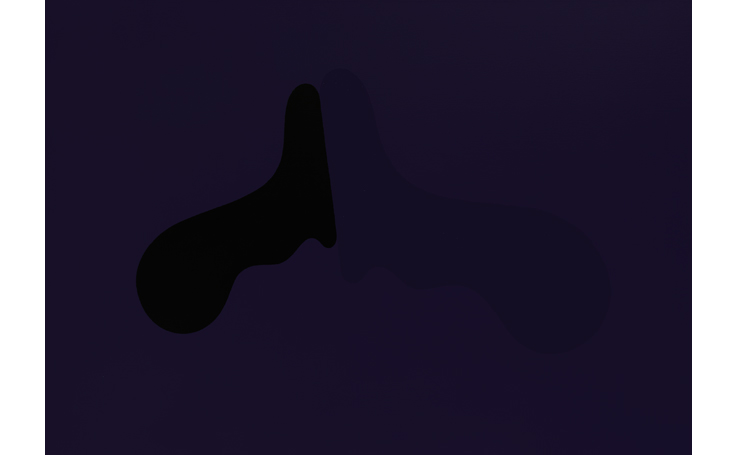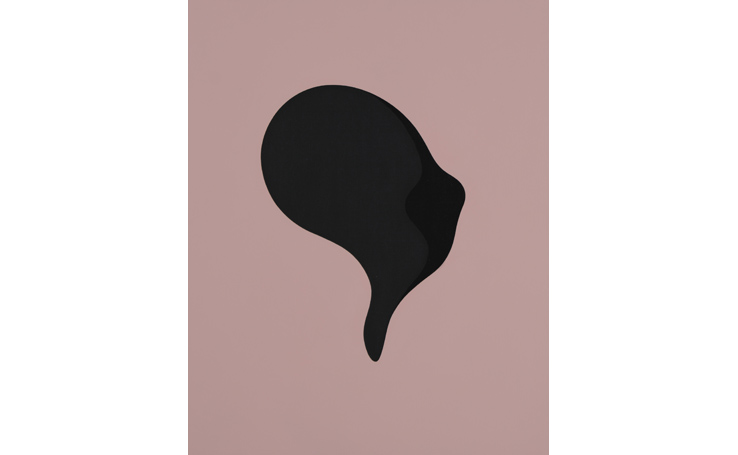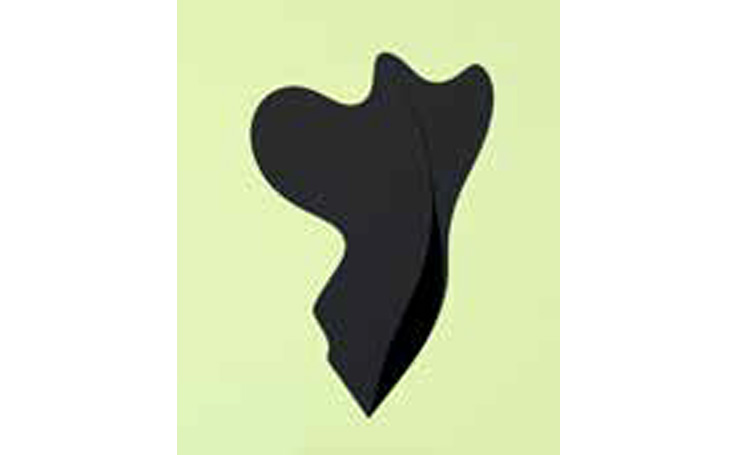
Diego Pujal (1971) was born in Buenos Aires, Argentina. He attended the National School of Fine Arts, Prilidiano Pueyrredón, and the National School of Fine Arts, Manuel Belgrano in Buenos Aires, and currently lives and works in Barcelona.
He is the recipient of many awards, including a grant and residency at Barcelona’s Hangar Centre from 2009-10, First Prize at the Tarragona Museum of Modern Art’s 36th Tapiró de Pintura in 2008, the Acquisition Prize at the Convocatoria de Artes Plásticas y Fotografía de la Diputación Provincial de Alicante in 2009, as well as a Special Jury Mention at the Focus-Abengoa Foundation’s Premio de Pintura in 2009 and 2011.
Diego Pujal’s work has been exhibited in Argentina and Spain, and his work is in significant collections, including the Tarragona Modern Art Museum, the Diputación Provincial de Alicante and Seville’s Focus-Abengoa Foundation, the Irureta Museum in Tilcara, Argentina, and the National Mint at the Central Bank of Bolivia.
Res - Curatorial Statement
“This particular way of painting is more poignant than illustration. I suppose because it has a life completely of its own. It lives on its own, like the image one’s trying to trap; it lives on its own, and therefore transfers the essence of the image more poignantly.”
Fabricated titles describe equally mysterious forms, foreign yet somehow also strangely familiar. “Res” carries multiple meanings; “thing” in Latin, the basis of the Argentinian artist’s Spanish language, “beef” in contemporary Spanish, while in Catalan, the language of his home in Barcelona, it carries no meaning at all. The titles of his works, osamenta, otolito, membra, poral, similarly have no significance, despite their teetering on the brink of authenticity.
Ambiguous shapes with artfully concealed meanings, often materializing in stark black, appear to float in brilliantly colored negative space, heightening their impact. These organic forms, with their unmistakable sense of movement and fragility, call to mind the paintings of Jean Arp and Joan Miro, the sculptures of Alexander Calder and Henry Moore, even Isamu Noguchi’s biomorphic designs.
The elusive forms take on numerous interpretations in their recognizable yet undefined state. They are neither abstractions nor representations of reality, rather they are somewhere in between.
“The painting becomes a kind of limbo - independent from the notion of physical space - that we may only access conceptually, as an extension of our ideas and thoughts, leaving us with a feeling that something is in the process of becoming or self-constructing. Something familiar, more or less recognizable, but at the same time difficult to grasp.”





















